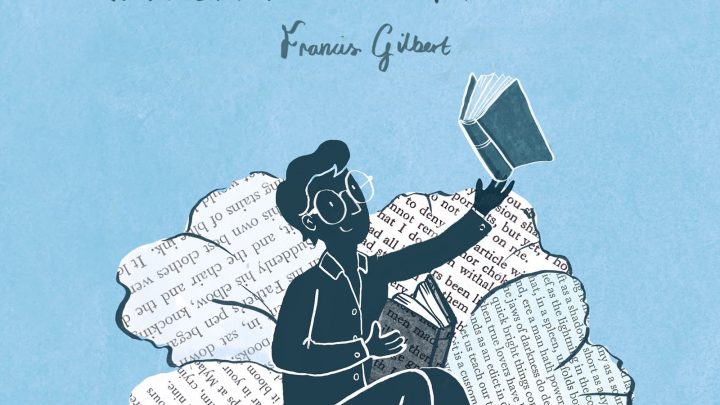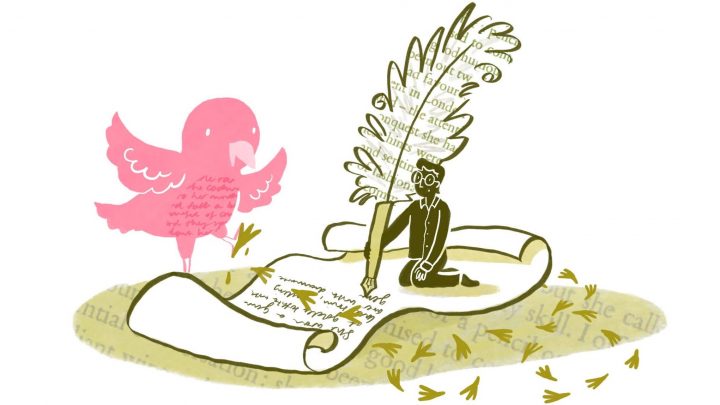I have a few different public identities, which this website embraces. Read more about my background and work in these areas.
On this site I publish new writing and research, but it also functions as an archive, providing easy access to articles published over the last 20 years, sometimes with annotations in cases where my views have changed since.

My latest article
My Latest Books
The Mindful English Teacher: A Toolkit for Learning and Well-Being
Mindfulness isn’t mystical—and it isn’t just for monks. Like regular exercise, it’s a simple, powerful practice that helps us work with calm, clarity, and compassion—even in the busy, demanding life of a teacher. The Mindful English Teacher offers a fresh, practical approach to English teaching that centres presence, purpose and play. Whether you’re deep in Shakespeare, tackling pre-1900 literature, guiding students through exam stress, or trying to make grammar meaningful, this book will support you to teach with greater confidence and less anxiety. Drawing on classroom stories, educational research, and years of lived experience, the book is packed with usable ideas, mindful prompts, and rich case studies. At its heart is a compelling contrast between the Mindful English Teacher and the Unmindful one—two vivid teaching personas that show how small shifts in awareness can radically change the learning experience. This is not a book about sitting silently on cushions. It’s a toolkit for making the teaching of English more human, inclusive, and joyful. With strategies for decolonising the curriculum, supporting neurodiverse learners, and reigniting your passion for literature, The Mindful English Teacher is an essential companion for early-career and experienced teachers alike. Because mindful teaching isn’t about being perfect. It’s about being present—and building a classroom culture where everyone can thrive.
The Mindful Creative Writing Teacher
This blog introduces The Mindful Creative Writing Teacher—my new book for anyone teaching or facilitating creative writing, whether in schools, universities, prisons, or community spaces. Drawing on decades of experience, I offer a fresh, practical, and compassionate approach to teaching writing that blends mindfulness, creativity, and social justice. In the blog, I explain why I wrote the book: to move beyond rigid workshop models and embrace a more humane, dynamic, and inclusive pedagogy. The book is filled with real-life case studies, poems, hands-on activities, and reflective prompts designed to help you cultivate creativity, wellbeing, and critical thinking in your classroom. It’s for English teachers, creative writing tutors, and writers alike—especially those looking to empower diverse voices, support reluctant or neurodiverse learners, and find joy in their own writing again. You’ll find strategies for teaching storytelling, feedback, decolonisation, and multimodal writing, as well as guidance on developing your own mindful teaching identity. This blog offers a glimpse into the book’s ethos: writing not just as a craft to be perfected, but as a transformative act of attention, empathy, and expression. If you’re looking to teach writing in a way that’s more authentic, creative, and connected, this book—and blog—are for you.
Resources for teachers, educators and more
As a teacher and now as a teacher-educator and Head of the MA Creative Writing and Education at Goldsmiths, I have devised many recent resources for teachers, to help them teach the subject of English and creative writing. I also write fiction and reviews of books I like.
Where else to find me
My YouTube channel contains videos I’ve made for my students over the years. I’ve also run a number of topic- and book-specific educational blogs and websites as resources for students and teachers. Since 2015, I have focused upon publishing academic articles, many of which can be found on my Goldsmiths’ webpage. The contact page has my email and social media links.



